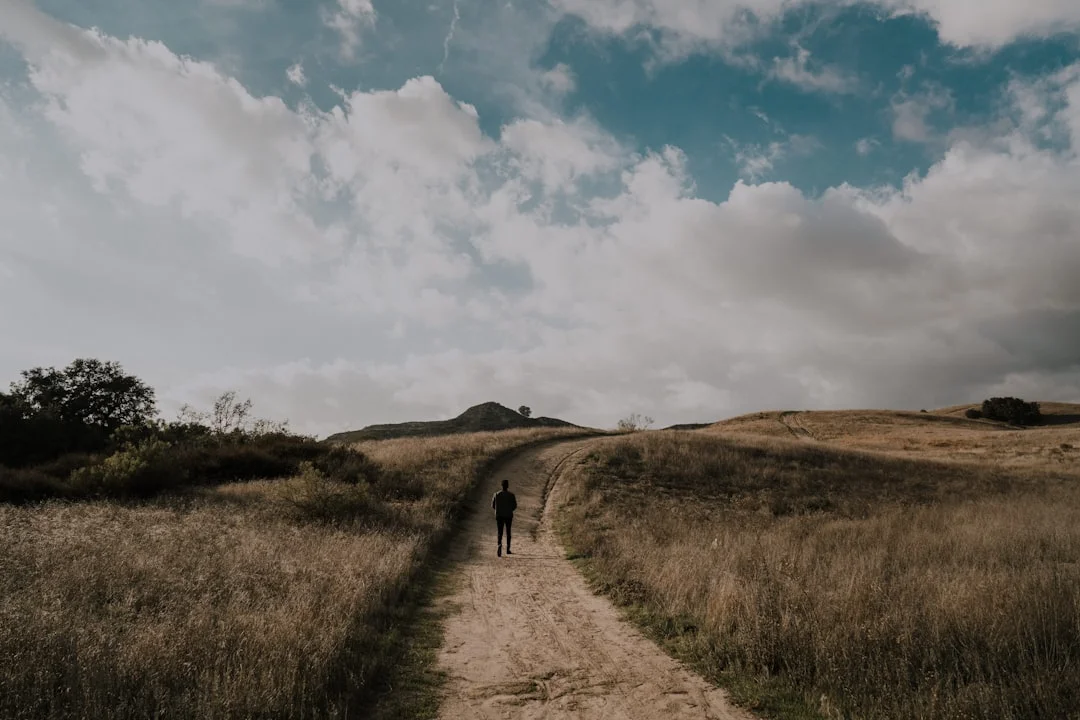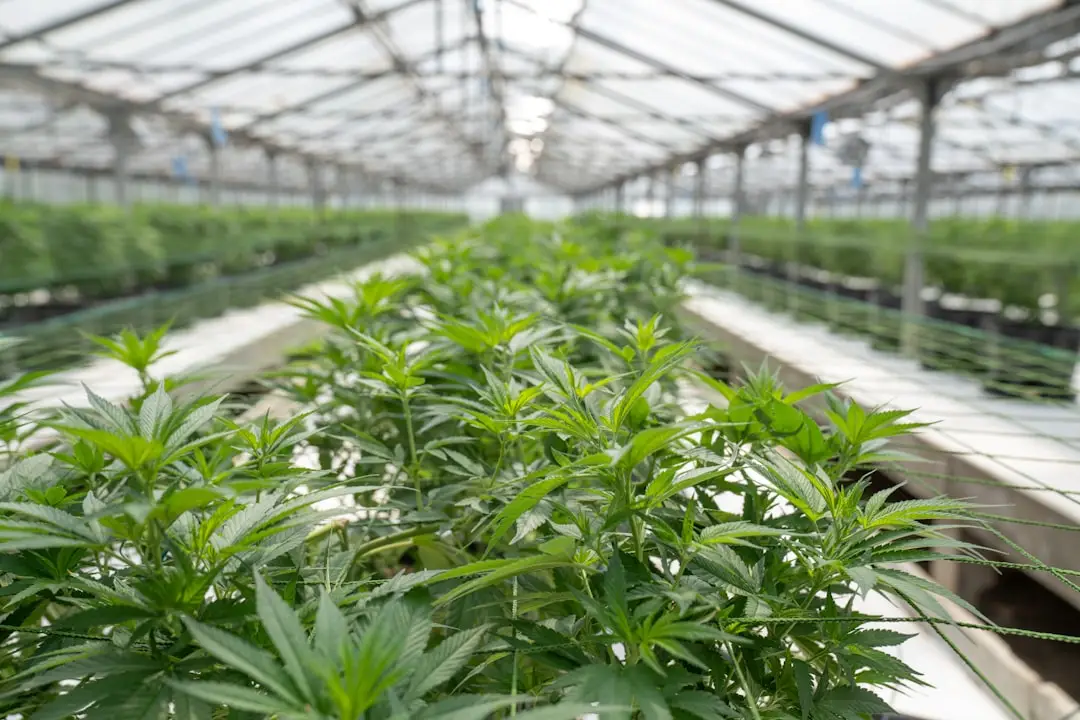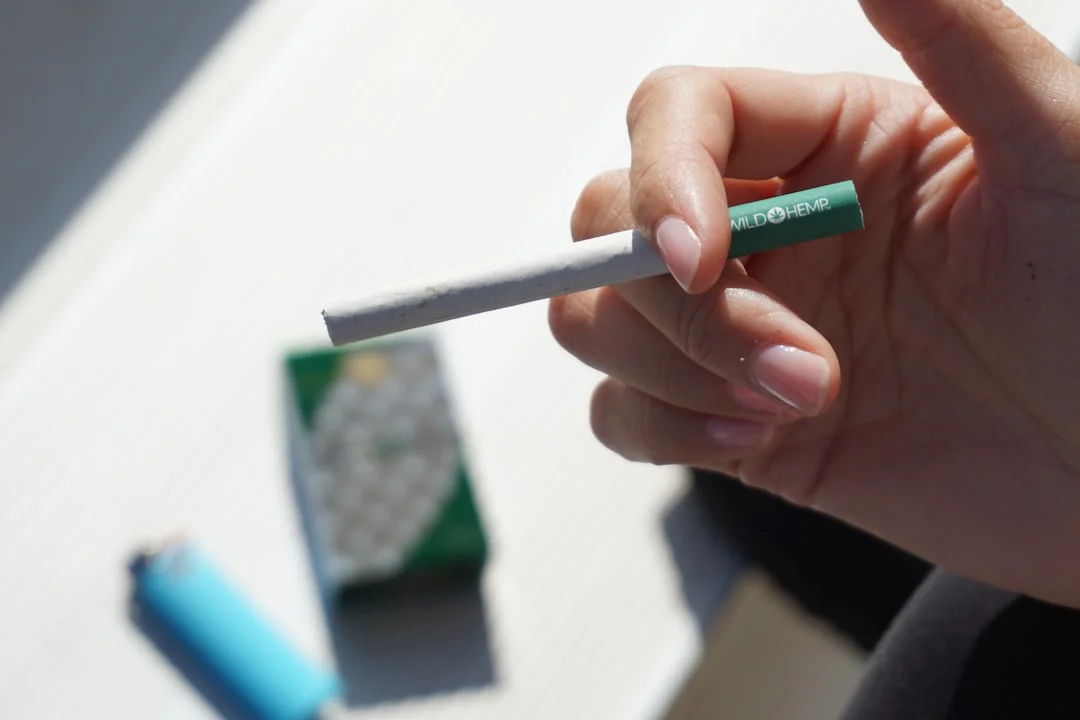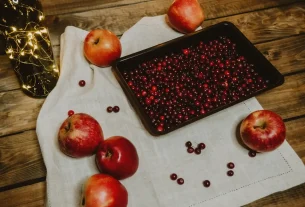Estimated Reading Time: 8 minutes
HHllo there! Are you curious about CBD and wondering, “how to choose the right CBD strength“?
That’s a fantastic question, and you’re in the right place. Navigating the world of CBD can feel a bit like learning a new language at first.
There are so many products, concentrations, and ways to take it. But don’t worry, we’ll break it down step by step, making it easy to understand.
My goal is to guide you through this process, based on both research and personal experiences.
This isn’t just about reading labels; it’s about finding the CBD experience that works best for *you*.
Before we dive in, let’s be clear: I am not a doctor, and this isn’t medical advice.
Always consult your healthcare provider before starting any new supplement, especially if you’re already taking medication.
With that said, let’s embark on this journey together, shall we?
First things first, what exactly is CBD? CBD, or cannabidiol, is a compound found in the cannabis plant.
Unlike its more famous cousin, THC (tetrahydrocannabinol), CBD is non-psychoactive, meaning it won’t get you high.
CBD interacts with the body’s endocannabinoid system (ECS), a complex network that plays a role in regulating various functions, including sleep, mood, pain, and immune response.
The ECS is like the body’s internal balancing act, and CBD can potentially help support it.
The effects of CBD can vary widely.
Some people experience noticeable relaxation, while others report improvements in sleep quality or a reduction in discomfort.
The key is finding the right CBD strength to meet your individual needs.
This depends on several factors, including your body weight, the specific issue you’re addressing, and your personal sensitivity to CBD.

Some users are more sensitive and might react strongly even to low doses, while others might need a higher concentration to experience the desired effects.
So, how do you determine the ideal CBD strength for you? The process involves considering a few key variables.
It’s a bit like finding the right running shoes: you wouldn’t wear a size that’s too small or too big, right?
Let’s explore these factors in more detail:
Generally speaking, individuals with higher body weights might require a slightly higher dose of CBD.
This is because the body needs to process the compound, and a larger body mass often means more of the compound is needed to achieve the desired effect.
Moreover, metabolism rates differ among individuals.
Faster metabolisms can process CBD more quickly, potentially requiring a more frequent or higher dose.
Someone who has a faster metabolism may need a slightly higher starting point than someone with a slower one. Start small, and listen to your body.
The reason for taking CBD also influences the ideal dosage. For mild or occasional discomfort, a lower CBD strength might be sufficient.
However, if you’re addressing a more significant concern, a higher concentration might be needed.
This is where the “start low, go slow” approach becomes particularly important.
You can always increase the dosage gradually, but it’s tough to take it back.
I’ve personally found that when I was experiencing significant sleep disruption, a slightly higher concentration of CBD oil was more helpful than a lower one.
Different CBD products deliver CBD to your system differently.
For instance, the bioavailability of CBD – how much of it your body absorbs – varies among methods.
Inhaling CBD (through vaping, for example) has a higher bioavailability than ingesting it orally (capsules, edibles).

This means that with vaping, a smaller dose can provide a greater effect than the same amount consumed orally.
Additionally, sublingual drops, which are held under the tongue, offer a slightly higher bioavailability than swallowing CBD.
Edibles, on the other hand, pass through the digestive system, which reduces the bioavailability.
Some products, such as liposomes, are designed to improve absorption. The form you choose greatly impacts the overall experience.
Everyone responds to CBD differently. Some people are more sensitive to CBD, and even a low dose can be quite effective.
Others may require a higher dose to feel the desired effects.
Factors like your overall health, existing medication, and your tolerance can also play a role.
With these factors in mind, how do you actually begin?
Here’s a practical approach to choosing the right CBD strength and using it safely:
Regardless of your situation, the golden rule is to begin with a low dose.
This allows you to assess your body’s reaction without overwhelming your system. A common starting point is 10-20mg of CBD.
It’s better to start with too little than to start with too much and risk any potential side effects.
There are various CBD products, each with different strengths and forms. CBD oils and tinctures are popular and offer flexibility in dosing.
Capsules provide a pre-measured dose, which is convenient. Edibles can be a tasty option but have lower bioavailability.
Topical creams are ideal for localized relief. Read labels carefully to understand the CBD concentration per serving.
After taking your initial dose, pay close attention to how you feel.
Keep a journal, if that helps, recording the dose, the time of day, and any effects you experience. Did you feel relaxed? Did your discomfort subside?

Or did you not notice any changes? This information is crucial for determining the right CBD strength for you.
If you don’t feel the desired effects, slowly increase your dose over several days or weeks. Increase it by a small increment, such as 5-10mg.
Again, track your results to ensure you find the sweet spot. This is where patience comes in handy, but trust me, the effort is worth it.
Remember that some people may not feel any changes at all, and that’s okay, too. It may simply mean CBD isn’t the right fit for you.
The consistent use of CBD is often essential to experiencing its benefits. Find a routine that works for you.
Some people take CBD daily, while others take it as needed. Experiment to find what suits your lifestyle.
Before you start using CBD, it’s essential to be aware of safety and legal aspects. First, always purchase CBD products from a reputable source.
Look for brands that provide third-party lab testing results. These reports verify the product’s purity and the accuracy of its CBD concentration.
Be aware of the THC content to ensure it complies with local laws.
The legal status of CBD varies by location, so understanding your local regulations is crucial.
Also, research potential side effects, which can include drowsiness, dry mouth, and changes in appetite.
Here’s a quick reminder: the FDA does not regulate CBD products like they do pharmaceuticals.
The responsibility falls to the consumer to ensure that the product you’re purchasing is safe and compliant.
Because the market is so dynamic, there are many places to gather information.
Read product reviews, but remember that everyone’s experience is unique. What works for one person might not work for another.
Look at reputable sources, such as health websites or scientific journals.
Many brands also provide comprehensive information about their products, including how they’re made and what they’re intended for.

So, how to choose the right CBD strength doesn’t have to be an intimidating question.
It’s about understanding your body, experimenting with different products and doses, and finding the ideal balance for you.
Remember to start low, go slow, and pay attention to your body. This journey is all about self-discovery and fine-tuning.
I hope this guide has given you a clearer understanding of how to navigate the world of CBD and helped you feel more confident in your choices.
The most important thing is to be informed, patient, and listen to your body.
By taking the time to do so, you can harness the potential benefits of CBD safely and effectively.
Finding the right balance is a personal journey, and I wish you the best of luck! Ready to continue your wellness journey?
Join our newsletter for weekly health tips!
Frequently Asked Questions
How long does it take for CBD to take effect?
The time it takes for CBD to take effect varies based on the method of consumption and individual factors. When inhaled (vaping), effects can be felt within minutes. Sublingual administration (under the tongue) usually takes 15-30 minutes.
Oral consumption (capsules or edibles) typically takes 30-90 minutes, as the CBD must pass through the digestive system. Factors like metabolism, body weight, and the presence of food in your stomach also play a role. It’s best to wait at least an hour after taking a dose before deciding if you need more.
What are the potential side effects of CBD?
While CBD is generally considered safe, some people may experience side effects. These can include fatigue, drowsiness, changes in appetite, diarrhea, or dry mouth. These side effects are usually mild and temporary. If you experience any adverse effects, it’s essential to lower your dosage or discontinue use.
Always consult with a healthcare provider if you have concerns about potential side effects or if you are taking other medications.
Can I take CBD if I am on other medications?
If you’re currently taking any medications, it’s essential to talk to your doctor before using CBD. CBD can interact with certain medications, particularly those metabolized by the liver, potentially affecting their efficacy or causing side effects.
Your doctor can assess potential interactions and provide personalized guidance based on your individual health profile. It’s always best to err on the side of caution and prioritize your overall health and wellness.
What is the difference between full-spectrum, broad-spectrum, and isolate CBD?
The difference lies in the compounds contained within the CBD product. Full-spectrum CBD includes all the cannabinoids found in the cannabis plant, including trace amounts of THC (less than 0.3% in the US). Broad-spectrum CBD contains multiple cannabinoids but has the THC removed.
CBD isolate is a pure form of CBD, containing only the CBD compound. The “entourage effect” suggests that all the compounds in the plant work better together, which is why some people prefer full-spectrum. The best choice depends on your needs and preferences, along with any local legal restrictions.



